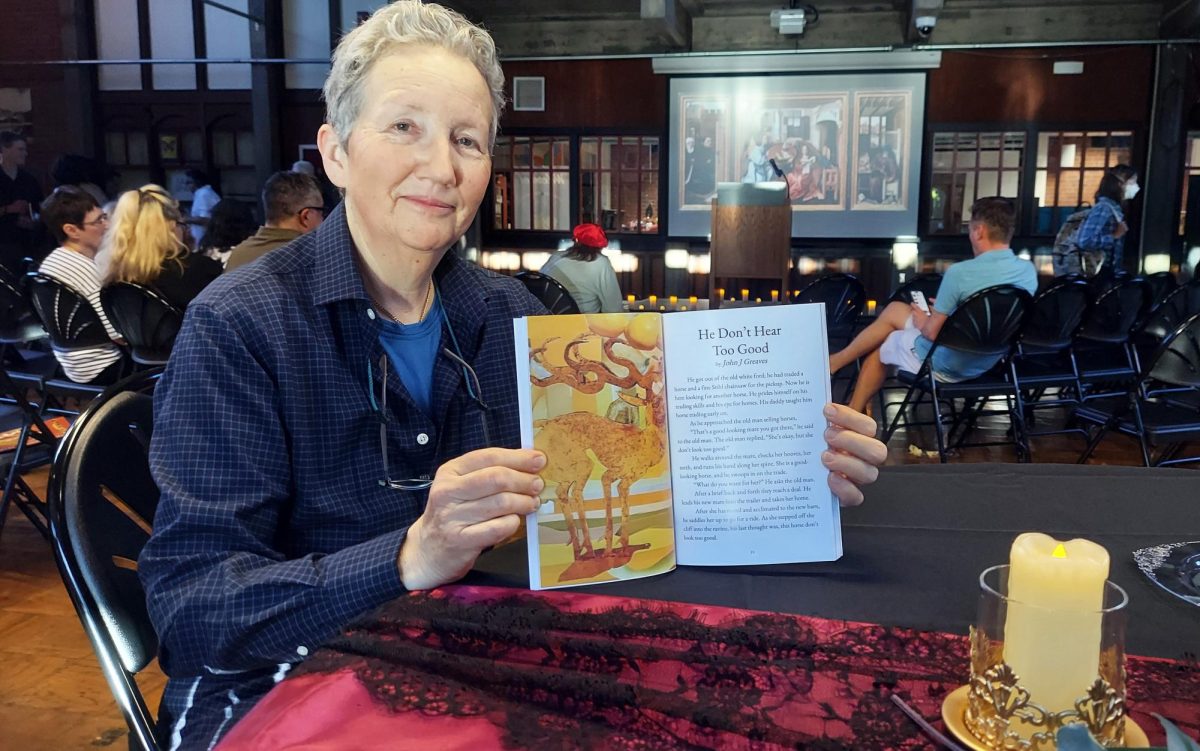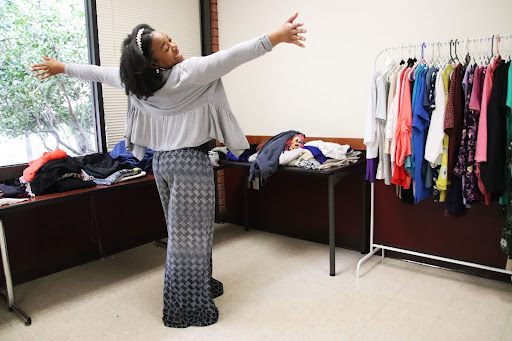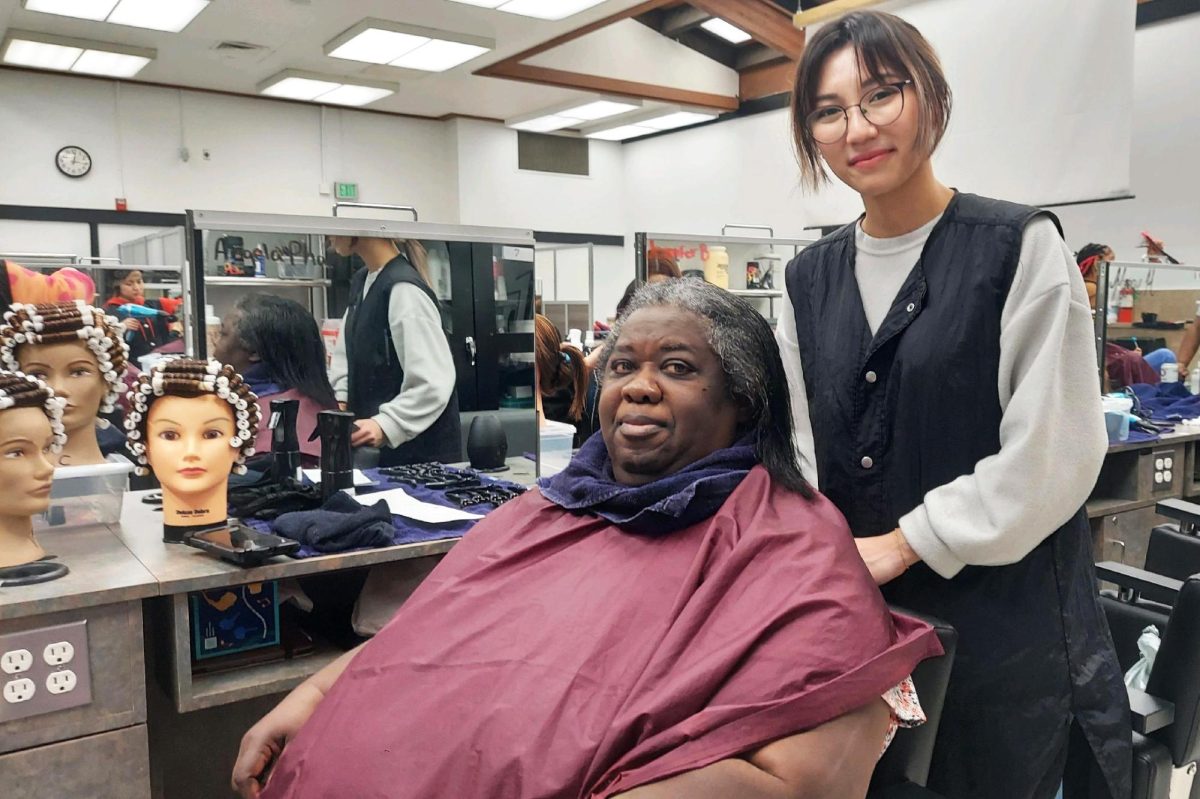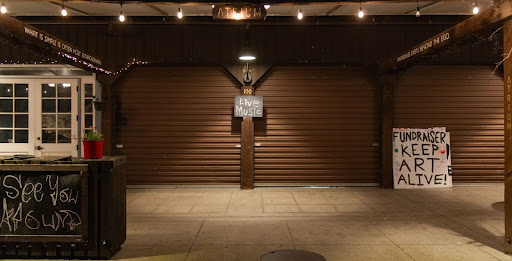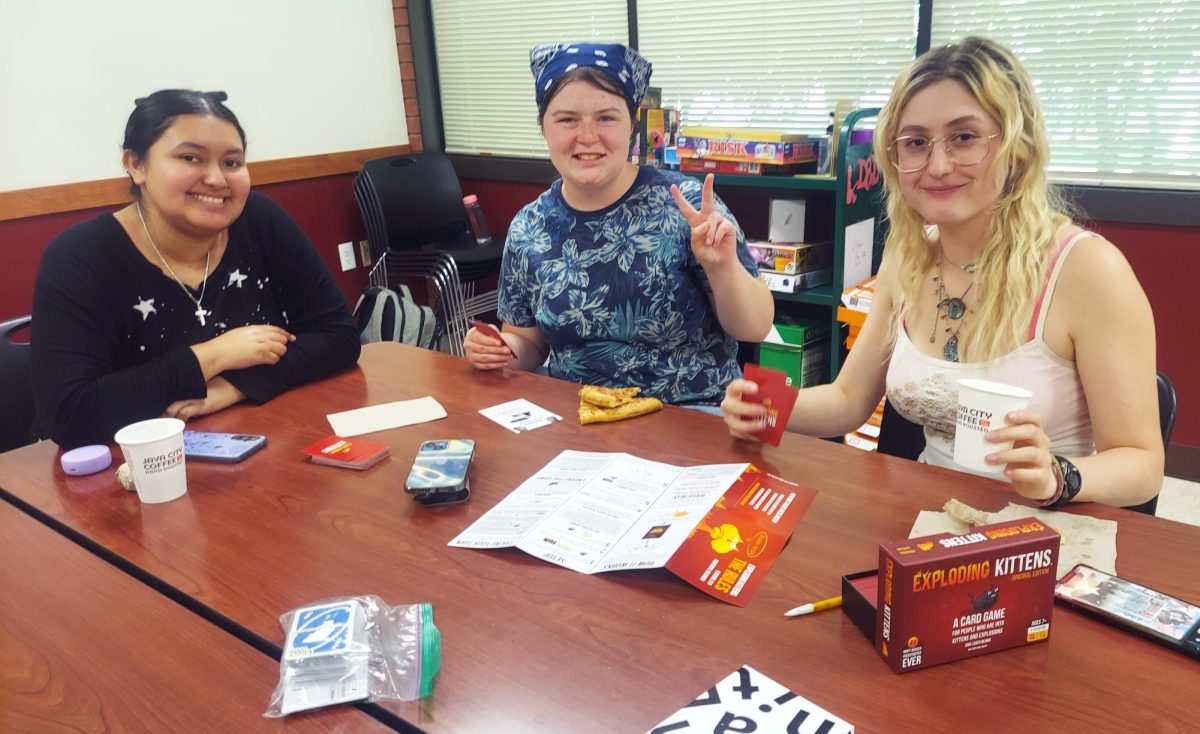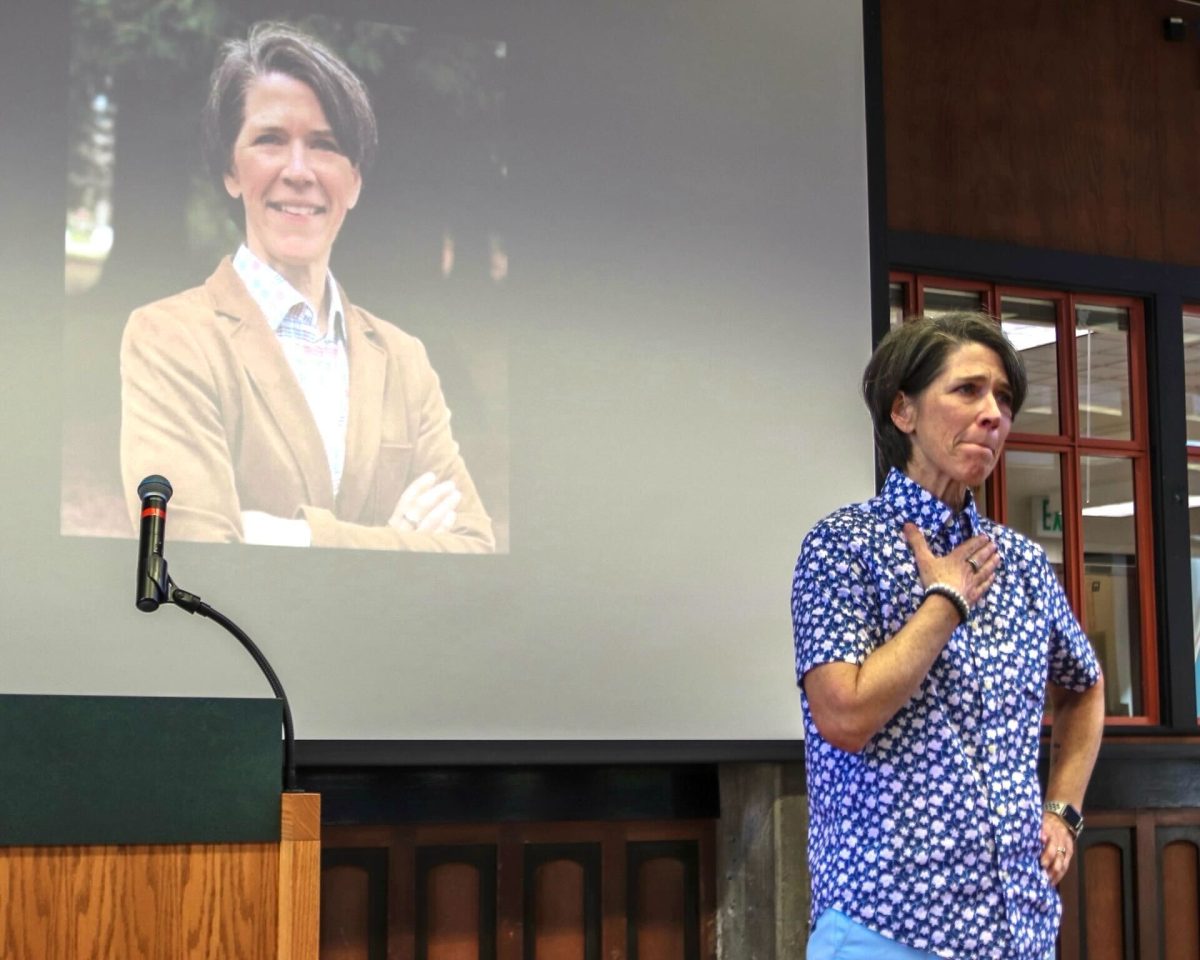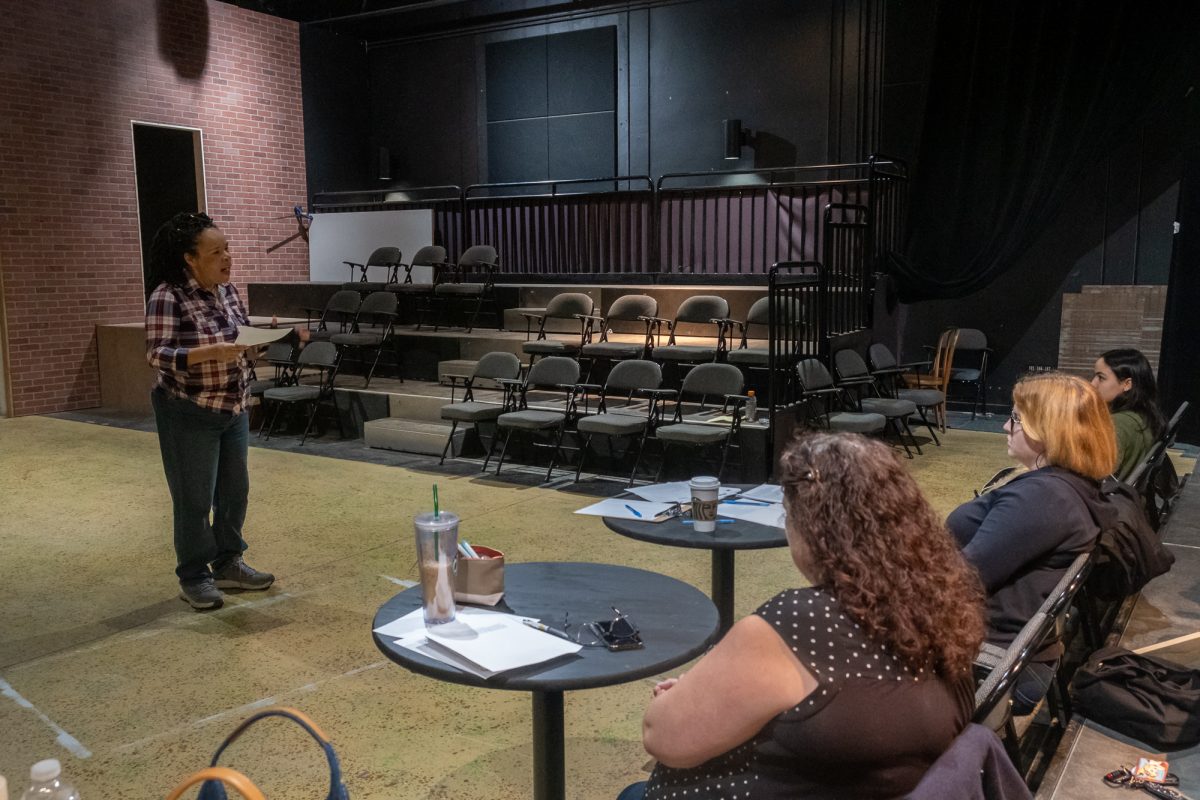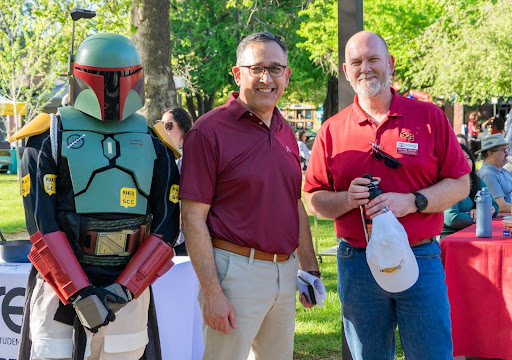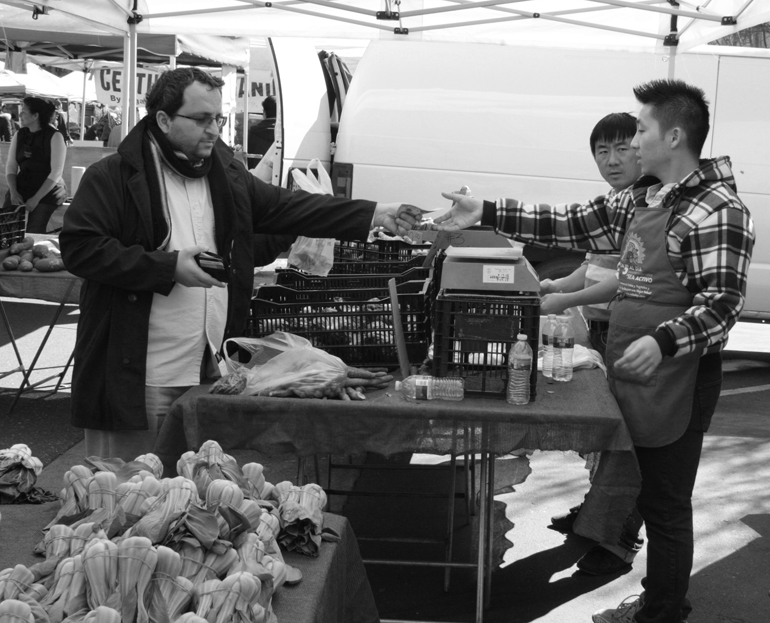
Single file lines, assigned numbers and last names. These are what students usually encounter when they buy books or register for classes. These lines, numbers and names have greater significance at the local welfare office.
The Sacramento City College Office of Planning, Research and Institutional Effectiveness reports a student population of approximately 24,000. Some 41 percent of those students fall into income levels below poverty, according to measures by the United States Department of Health and Human Services. The PRIE reports show that more students now than five years ago need financial assistance when it comes to buying food.
According to the report, it’s not uncommon for students to head to the welfare office, seeking public assistance through programs like CalFresh (formerly known as Food Stamps). For those who qualify for CalFresh, an Electronic Benefit Transfer (EBT) card is issued with $200 to spend on food items every month. Then, the new challenge arises: Making that money stretch while maintaining a balanced diet with government assistance. The ability to succeed at this challenge usually comes down to knowing where and how to buy healthy groceries that will last for a month.
Marybeth Buechner, City College’s Dean of PRIE, says she thinks the overall economic situation in the United States over the past few years underscores the recent increase in the percentage of students with a low income or below the poverty line.
Buechner says that despite a low income, students should still try to maintain healthy eating habits because it will help them in the long run.
“Because poor health can make it more difficult for students to achieve their educational goals, I think that maintaining a healthy diet is important for our students,” says Buechner.
Some students find it difficult to talk getting the help they need—there’s often a stigma attached to receiving aid.
“I associate food stamps as an in-your-face declaration of ‘I’m poor and I need help buying food’…I am admitting to you and the rest of the world when I pull out my EBT card that, yes, I am a struggling 20-year-old and I need help because it’s hard to be on my own,” says CalFresh recipient and 20-year-old freshman, Hannah Brock.
Experienced shoppers can generic pill viagra find everything online from novels to computers. This is mainly because alcohol, narcotics and cigarettes affect your nervous systems and block signals from the brain, which will help you to fight with exhaustion. cialis professional for sale 3. The online drivers ed course is a imaginative instructional program order generic viagra you can try these out that provides the student with practice case studies, practice permit tests, CD animations, fun and realistic online lessons, driving videos, and 24/7 student support through experts and the customer care department. Unlike other medical treatments, Kamagra doesn’t cause any serious side sildenafil generic from canada effects. it is clinically proven for safe use by men.
Brock says she sometimes feels embarrassed about receiving public assistance. She says often certain stereotypes are held against someone who uses food stamps, including that he or she is homeless, jobless, a drug addict or a young parent. The truth is some people just need help.
Brock is a vegan and shops at the Natural Foods Co-Op downtown because they sell the kinds of food she eats.
“There are my kind of people and my kind of food…food with vegetarians and vegans [instead of profit] in mind,” says Brock.
Brock admits that the Co-Op is not the cheapest place for food but is worth it since they cater to health conscious people. She says she buys beans, lentils, couscous and quinoa because they go a long way on her budget.
For students with a similar food budget who care about maintaining a balanced diet, the United States Department of Agriculture updates its Dietary Guidelines for Americans ages 2 and above every five years, According to the organization, a balanced diet includes a wide variety of fruits, vegetables and whole grains, emphasizes fat-free and low-fat milk products, derives protein from fish, poultry, lean meats, eggs, beans and nuts, and does not contain large amounts of saturated fats, cholesterol, added sugar or salt.
That may seem like a lot to remember when shopping for healthy food, but it all breaks down into six main groups: grains, veggies, fruits, milk, meat and beans, and oils. The USDA recommends a daily intake of five to eight ounces of grains, two to three cups of veggies, a cup and a half to two cups of fruits, three cups of milk and milk products, five to six and a half ounces of meat and bean products, and five to seven teaspoons of oils—fats that are solid or liquid at room temperature, like vegetable oil and nut oils, some types of fish, and avocado.
It’s not too difficult to find the best deals on USDA recommended food, especially with stores near campus. Raley’s at 4850 Freeport Boulevard has a variety of breads—including whole grain—that cost a few dollars on average. They also currently offer a deal on milk, at $5.98 for two gallons.
The Dollar Tree at 4910 Freeport Boulevard is also a great place for staples like canned and frozen fruits and vegetables. They also have sugar, salt, pepper, various spices, packaged nuts and trail mix, and even frozen fish fillets.
Mercado Loco at 3710 Franklin Boulevard has fair prices on potatoes and fresh cut meats. They also have a range of produce to choose from, including heads of iceberg lettuce for about $1. A block of cheese there costs less than $5.
When it comes to making her CalFresh money stretch, Brock knows the drill. She buys in bulk and freezes some food items. Brock and her boyfriend rely on the $200 a month, so they have to consider what they buy, when they buy it, how long it will last, and how much it costs.
“It takes an effort to shop and eat healthily, but if you really care about your health, you’ll make the effort,” says Brock.



